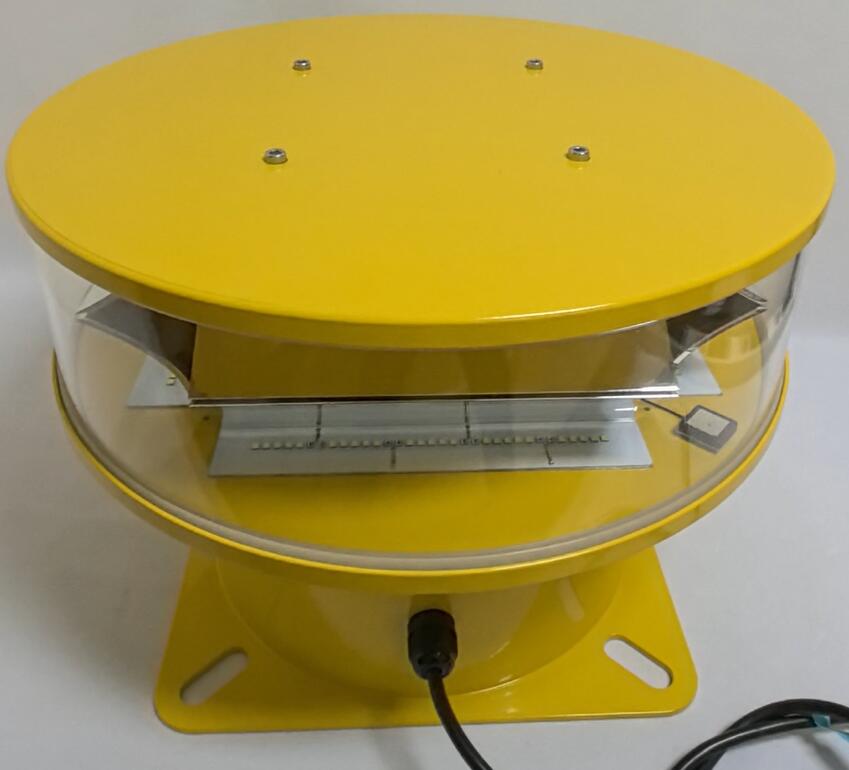Posted: 2025-04-11
The Critical Role of Warning Light Aircraft Systems
Warning light aircraft systems serve as vital visual markers that protect both airborne and ground-based assets. These illumination solutions perform three fundamental safety functions:
Hazard Identification: Clearly marking stationary and mobile obstacles

Collision Prevention: Providing pilots with critical visual references
Regulatory Compliance: Meeting international aviation safety standards
Modern systems now integrate with air traffic control networks, creating a comprehensive safety ecosystem.
Technical Specifications and Classification
Warning light aircraft systems are categorized by intensity and application:
High-Intensity Warning Systems
White strobes for structures exceeding 500ft
40-60 flashes per minute
20+ nautical mile visibility range
Medium-Intensity Solutions
Red or white options for 200-500ft structures
20-40 flashes per minute
5-10 nautical mile visibility
Low-Intensity Markers
Steady red illumination
For structures below 200ft
Urban environment applications
Innovations in Warning Light Aircraft Technology
Recent technological advancements include:
Adaptive Lighting Systems
Automatic brightness adjustment
Weather-responsive flash patterns
Light pollution reduction features
Smart Monitoring Capabilities
Real-time performance analytics
Predictive maintenance alerts
Remote configuration management
Sustainable Power Options
Solar-hybrid power systems
High-efficiency LED arrays
Energy storage solutions
Global Regulatory Framework
Key international standards include:
ICAO Annex 14: Lighting characteristics and placement
FAA AC 70/7460-1L: Technical specifications
EASA CS-ADR-DSN: European requirements
CASA Part 139: Australian regulations
Certification requires:
Photometric testing
Environmental durability verification
Electromagnetic compatibility assessment
Implementation Considerations
Critical installation factors:
Structural Requirements
Aerodynamic mounting solutions
Vibration damping systems
Ice prevention mechanisms
Environmental Adaptations
Corrosion-resistant materials
Extreme temperature operation
Lightning protection
Maintenance Protocols
Automated monitoring systems
Drone-assisted inspections
Modular component design
Future Development Trends
Emerging technologies include:
LiFi-enabled communication
Augmented reality integration
Space-based monitoring
Biometric flash patterns
Warning light aircraft systems continue to evolve as critical components of aviation safety infrastructure. As airspace becomes increasingly congested, these systems must adapt to new challenges through technological innovation and regulatory compliance. The future of aviation safety depends on continuous improvement of warning light aircraft solutions that protect both human lives and valuable assets in our increasingly complex airspace environment.